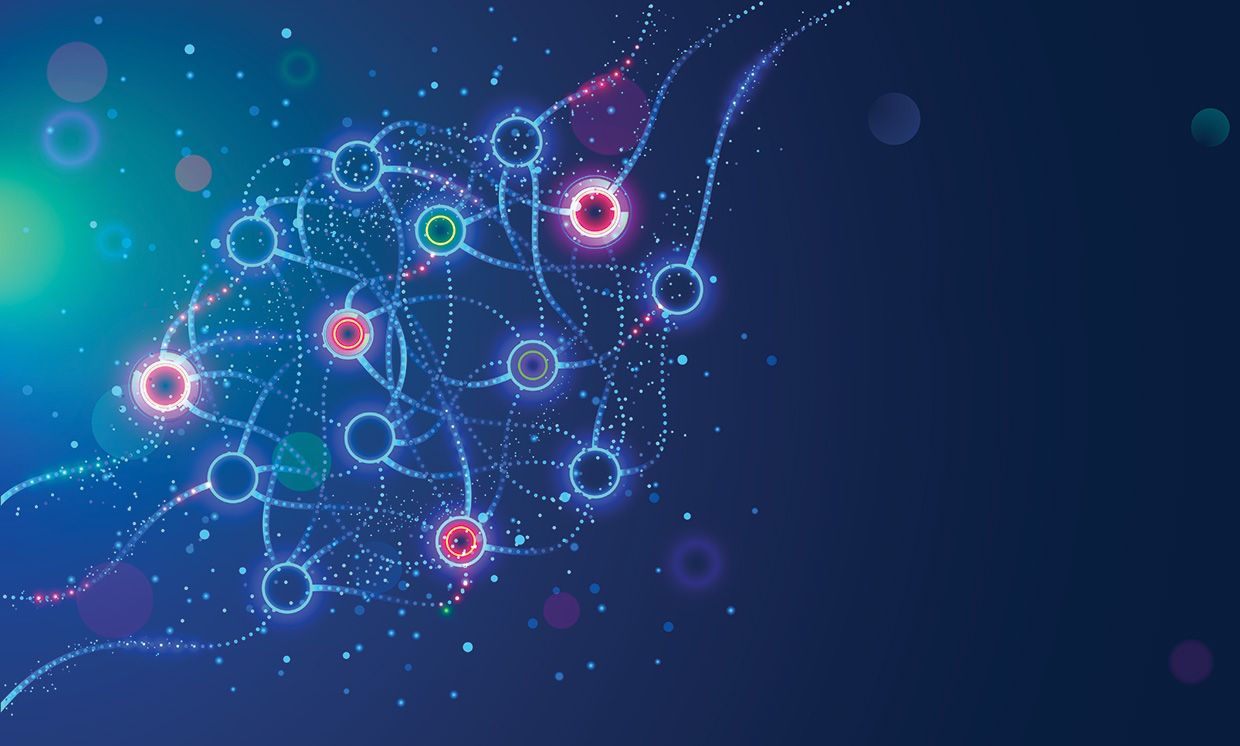New Hardware Mimics Spiking Behavior of Neurons With High Efficiency
1. 7. 2020 | IEEE Spectrum | spectrum.ieee.org
Nothing computes more efficiently than a brain, which is why scientists are working hard to create artificial neural networks that mimic the organ as closely as possible. Conventional approaches use artificial neurons that work together to learn different tasks and analyze data; however, these artificial neurons do not have the ability to actually “fire” like real neurons, releasing bursts of electricity that connect them to other neurons in the network.
In a study published in IEEE Transactions on Electron Devices, a group of researchers in India propose a novel approach that allows these artificial neurons to fire in a much more efficient manner, allowing more “neurons” to be packed onto a computer chip. The advancement takes us one step closer to achieving more practical spiking neural networks (SNNs). This type of network could help us better understand the very organ that it’s inspired by, and thus better understand human disease, thought processes, and other mysteries of the brain.

Neurons in the brain “communicate” with each other by transmitting electrical spikes between one another. Networks of artificial spiking neurons can imitate this phenomenon by using leaky capacitors. Once a capacitor reaches a given threshold of electric charge, the voltage or current shoots out and affects the neighboring capacitor (analogous to another neuron).
Read more at IEEE Spectrum
Image Credit: iStock
-jk-




